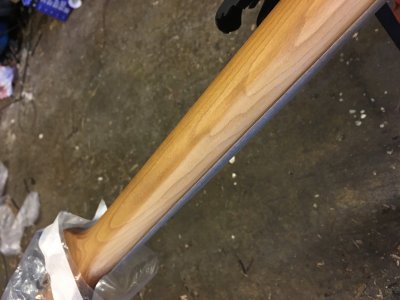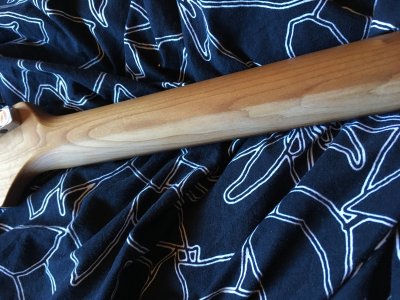I've got a roasted Strat neck and love it, it's unfinished and feels amazing.
I'm GASing for a shredder build with a Slapshot neck, and I'd want roasted maple again (I understand you can request it in the comments field and you'll be upcharged slightly).
My concern is that I'd want to "lawsuit" the Slapshot by sanding the "notch" off, but will the color in the sanded area be lighter? I know roasting isn't a finish per se, but I'm guessing it's darker on the outermost layer of the wood due to the exposure to the heat.
Has anyone cut into a roasted neck?
I'm GASing for a shredder build with a Slapshot neck, and I'd want roasted maple again (I understand you can request it in the comments field and you'll be upcharged slightly).
My concern is that I'd want to "lawsuit" the Slapshot by sanding the "notch" off, but will the color in the sanded area be lighter? I know roasting isn't a finish per se, but I'm guessing it's darker on the outermost layer of the wood due to the exposure to the heat.
Has anyone cut into a roasted neck?







